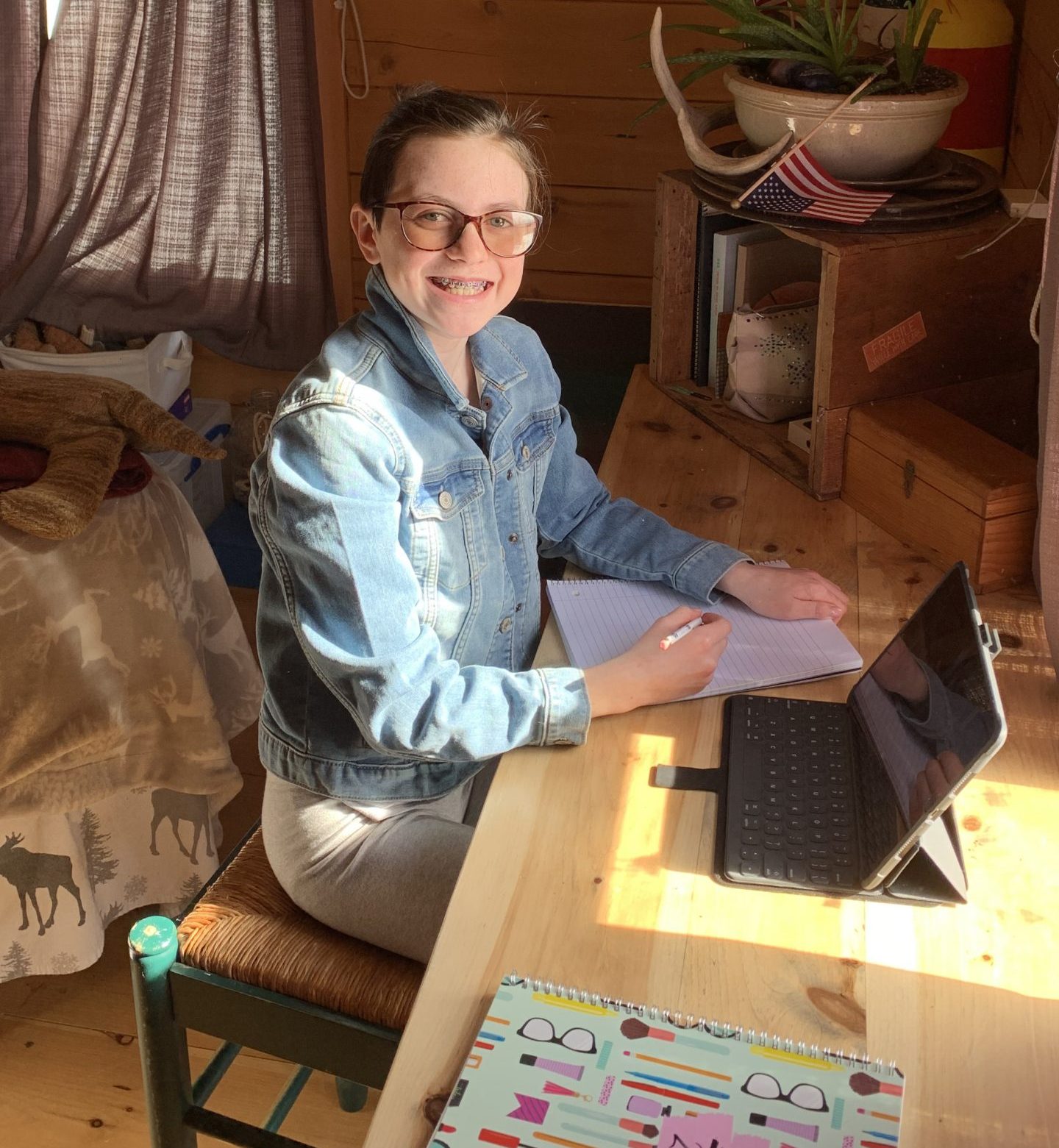
JAY – Young people have been one of the top concerns for communities as the effects of COVID-19 have dragged on. The pandemic in Maine will reach its one-year anniversary next week, and while vaccinations are on the forefront of most people’s minds, many students are consumed with what “going back to normal” might look like. Kids have been mostly exempt from contracting the virus, so vaccines have been prioritized for the older population. But as numbers of positive cases decline, reopening schools is becoming a quickly approaching reality.
“Their brains aren’t developed enough to handle what we’re asking of them. It’s a big expectation,” Spruce Mountain Middle School Guidance Counselor Catherine Siggens said.
Siggens said she’s seen a huge increase in the stress levels of students, mostly surfacing as increased anxiety, and with a hybrid schedule, it’s been difficult to reach all the students for face to face conversations. Like most, Siggens has leaned on technology to fill in the gaps when connecting with students, but being plugged in is another problem that Siggens said existed before the pandemic even started.
“Before social media, a kid might have a little issue with a peer here at school, but at the end of the day they walked away from it. Now they’re never unplugged. They have an issue, and they go home and group chat or whatever about it…they never turn their brains off,” she said.
“Unplugging” is difficult with the demands of remote learning, but it’s the exact thing that Scott Woodcock notes as a reason for his daughter, Scout’s, success this year. Scott said he and his wife have picked up a significant amount of extra work to help support their children through remote learning, mostly by way of emails and being present when teachers can’t be. The Woodcocks are a “TV-free” home, filling their time instead with things like 4-H. Scout said reading is by far one of her favorite things to do, in addition to taking care of her chickens. The Livermore 12-year-old said remote learning has been easy for her. Unlike a lot of students, who find focusing while at home a challenge, Scout thrives as an independent learner.
“You get the assignment, and you just do it by yourself and there’s no time limit. I can work at my own pace,” she said, which, for Scout, is fast. The faster she gets her assignments done, the faster she can get outside.
Scout chose to be a fully remote student, rather than deal with the hassle of a hybrid schedule. Plus, she said, she wasn’t going to be in the same learning cohort as her friends, which is the primary reason “school is really enjoyable”. Now she relies on Face Time to see her friends, and a minimal amount of outdoor get togethers.
“I like to learn. I like seeing my teachers, but school wasn’t challenging for me,” she said.
With remote learning, where she’s one of five kids in a class, she said she gets more of a chance to speak up and ask questions. In other words, Scout has the opportunity for more individualized attention than when she’s sitting in a class of 20 or so other students. In addition to the difference in academics when she’s home, Scout said she’s a particularly slow eater. A 30-minute lunch period was never enough time for her to finish eating, but in her own kitchen, it’s not a problem. Scout said she’s even considering continuing with virtual schooling after things return to normal.
“I think for some, it’s been this kind of relief,” Scout’s English teacher Robin Ouellette said. “It’s not for everyone…it takes a student that is really self directed, and has good parental support at home…Scout has just amazed me from the beginning.”




